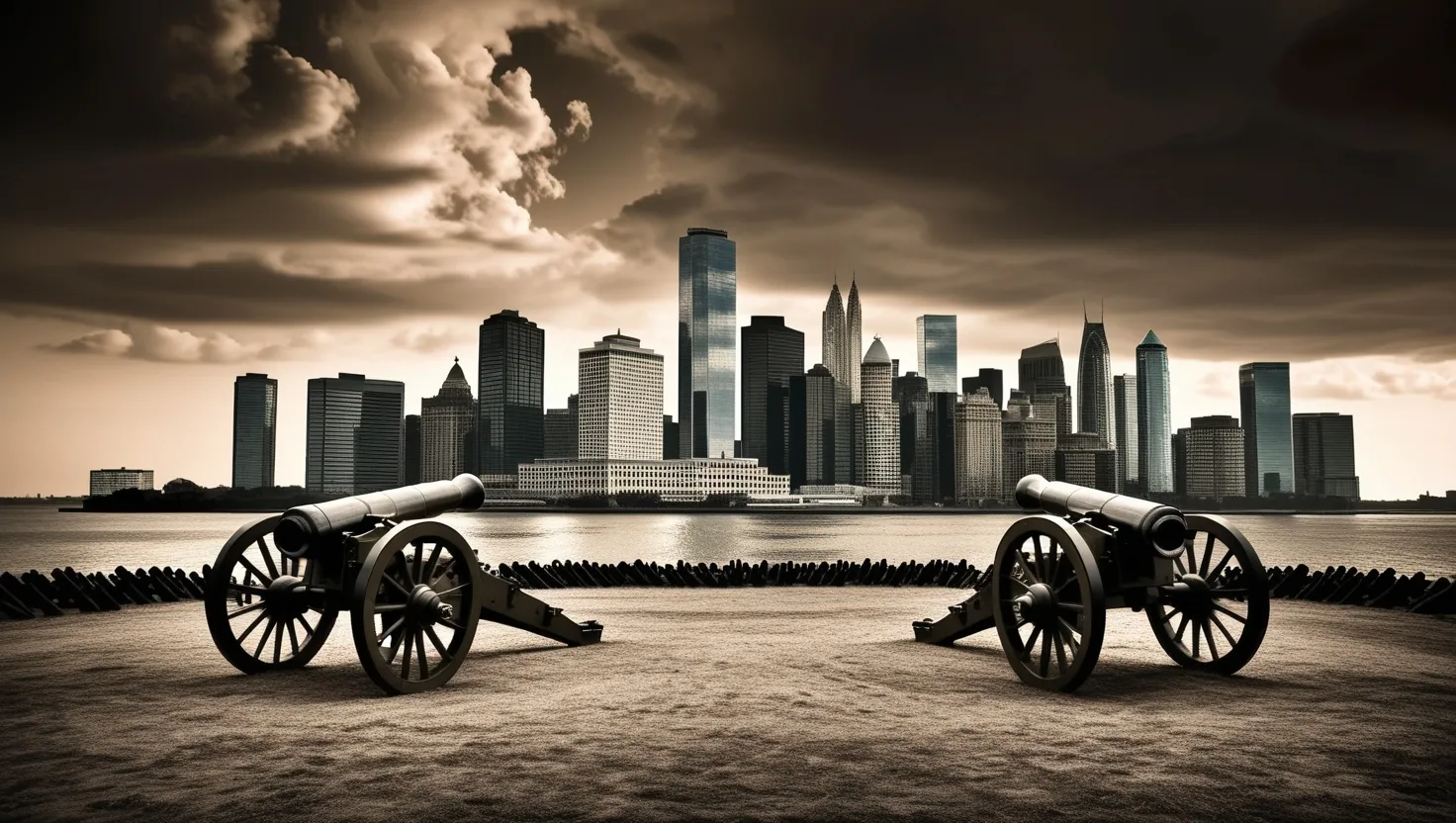The year is 1347, and Europe is in the chaotic clutch of the Black Death. This plague, which would claim the lives of nearly half of Europe’s population, is one of the most devastating events in the continent’s history. Historians estimate a staggering 75 to 200 million deaths. It didn’t matter if you were a king or peasant; the Black Death spared almost no one, casting a vast shadow of loss and panic over Europe.
Imagine the sheer scale of this disaster: entire villages left empty, crops rotting in the fields, and animals dying because there was no one left to tend to them. It was an apocalypse in every sense of the word. Yet, despite the immediate devastation, some historians argue that the Black Death indirectly paved the way for Europe’s eventual rise.
First, let’s chat about how this plague even started. The world back then was interconnected by the Silk Road, thanks to the vast Mongol Empire. This network didn’t just facilitate the exchange of goods and ideas but also diseases. The plague, caused by the bacterium Yersinia pestis, is believed to have traveled from the Far East, following the Mongol hordes, to Europe. Italian merchants fleeing the Mongols in Crimea helped introduce the deadly bacterium to Europe. From Italy, it spread like wildfire across France and then quickly to England within a year.
Wherever the plague went, chaos followed. People were terrified and clueless about the cause or cure. By 1351, the pandemic had run its course, leaving behind a Europe that was radically altered. Fields were abandoned, and societal structures that once seemed immovable began to crumble.
The survivors found themselves in a drastically changed world. The rigid social hierarchies of the Middle Ages were disrupted. Loyal subjects no longer felt the same sense of duty toward their lords or the church. This loosening of feudal ties sparked unprecedented social mobility and changes in the European mindset.
In the two centuries following the plague, archaeological evidence suggests that living conditions improved markedly. Mortality rates dropped, and wages rose. Desperate for labor, landlords had no choice but to offer better terms to attract workers. Even a decree from King Edward III, compelling every able-bodied person to work, couldn’t reverse this trend. The power dynamic shifted; peasants, emboldened by their new bargaining power, demanded fair wages and better treatment.
Interestingly, the plague wiped out many landowners themselves, making land more accessible than it had been in centuries. This newfound availability meant that ordinary folks could now own land, breaking down the long-standing monopoly of the elite. This unexpected change helped balance the economic scales, as the wealth gap between the rich and the poor began to narrow.
This period also saw the beginnings of a market economy. People started moving to cities in search of better opportunities, leaving behind their feudal obligations. Cities became thriving hubs of trade and commerce, spurring economic growth. This shift was crucial in paving the way for what we now know as the Renaissance, a cultural rebirth that emphasized humanism, art, and science.
The Black Death hit the Catholic Church hard, too. With so many lives lost, people began questioning the church’s authority and looking for new spiritual paths. The old religious structures were slowly supplanted by a newfound curiosity and thirst for knowledge. Wealthy merchant and banking families started patronizing artists and thinkers, fueling an age of extraordinary cultural and intellectual achievements.
But not all of Europe experienced these positive changes. In Eastern and Southern Europe, old institutions like feudalism and the church dug in their heels. Many landlords there had no alternative income sources and reacted harshly to demands from peasants. This resulted in an even more brutal form of serfdom, making the lives of the peasants in these regions far worse.
Interestingly, the economic prosperity in Western Europe indirectly supported the harsh serfdom in the East. The rising demand for food and goods in the West meant that Eastern lords could enrich themselves by exporting grain. This helped entrench the harsh social structures in the East even further.
The diverging experiences of Eastern and Western Europe serve as a cautionary tale. While some societies can use a crisis as a springboard toward progress, others may retreat even further into outdated systems. It’s a fascinating study in resilience and adaptation.
Looking back, the Black Death is a stark reminder of how a devastating event can bring about both destruction and opportunity. It teaches us that humanity has the potential to rise from the ashes, to rebuild and improve. But it also serves as a lesson that waiting for a catastrophe to spark change isn’t ideal. Progress is possible without waiting for calamities to push us toward it.
So there it is, a period of immense sorrow that paradoxically set the stage for some of Europe’s most significant advancements. It’s a complex but enthralling chapter in history reminding us that even in our darkest times, seeds of hope and renewal can take root.






